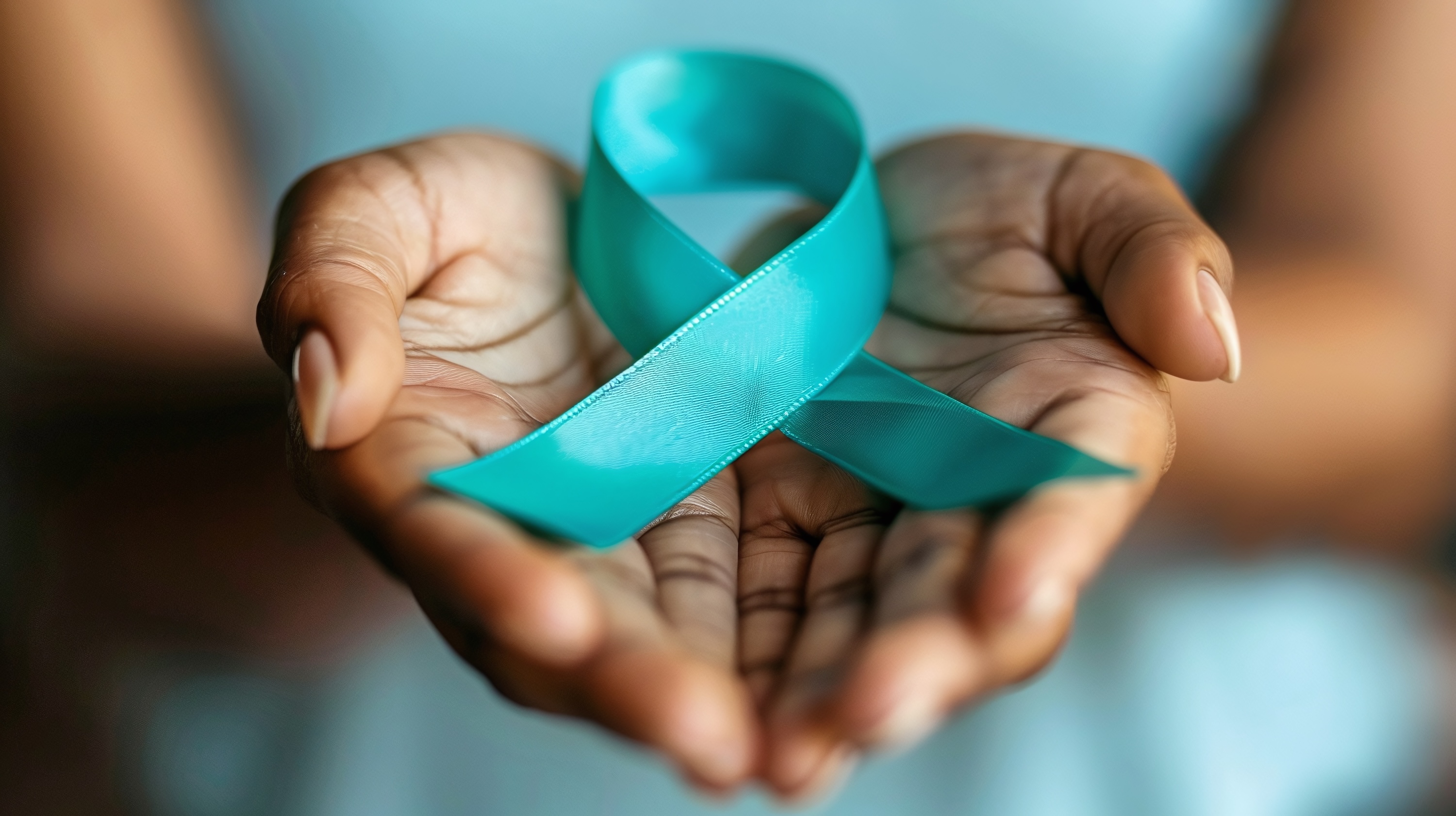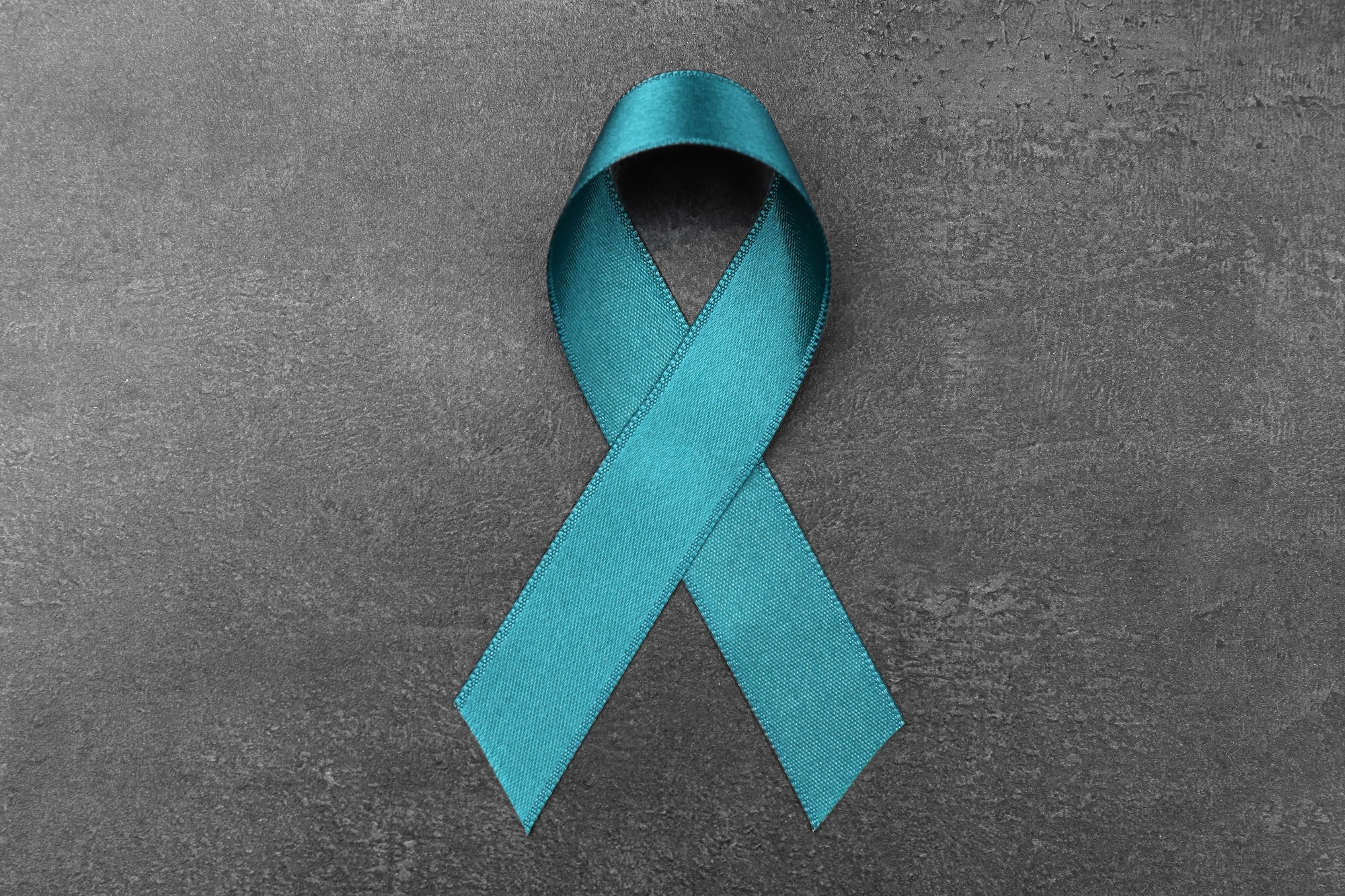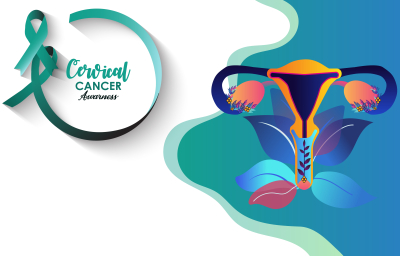
The American Cancer Society estimated about 13,820 new cases of invasive cervical cancer will be diagnosed in the United States in 2024 with more than 4,360 deaths. Cervical cancer is the only gynecologic cancer that can be prevented—and there are numerous tools to promote prevention including vaccines and tested strategies.
Cervical Cancer Prevention & Protection
Primary Prevention with HPV Vaccines
Nearly all cervical cancer cases are due to a viral infection known as HPV (human papillomavirus). HPV will first cause pre-cancer cells and if left untreated can cause cervical cancer. An effective vaccine is available to prevent cancers caused by HPV infections.
The Centers for Disease Control and Prevention recommends children receive two doses of the HPV vaccine at age 11 or12, although it can be started at age 9. The vaccine is approved to be administered until the age of 45 but it works better if received at an earlier age. Talk to your doctor to determine if the HPV vaccine is right for you or your child.
Routine Pap tests
Regular Pap tests and testing for HPV can detect precancerous changes that occur in cells and can eventually become cervical cancer. Women between the ages of 21 and 65 are typically screened, but the frequency varies depending on age and other factors.
Lifestyle Choices
Maintaining a healthy weight, being physically active and eating a healthy diet contribute to cancer prevention along with avoiding or quitting smoking. Additionally, there is no way of knowing whether a sexual partner is infected with HPV. The American Cancer Society reports that using condoms can reduce the rate of HPV infection by about 70 percent. All women should discuss a routine examination schedule with their doctor, as other factors may influence the frequency of a gynecologic exam, related tests and vaccines.
Related Articles and Press

Experts Address the Latest on Cervical Cancer Treatment
There are various treatments for cervial cancer, including surgery, radiotherapy and chemotherapy. In a recent clinical practice statement, clinicians explore therapies for cervical cancer by treatment setting, quality of life, financial toxicity, and disparities associated with the disease.

Expert Addresses Cervical Cancer Trends, Screening and HPV
Cervical cancer is one of the most preventable cancers, yet nearly 14,000 women in the U.S. are diagnosed with the disease each year, according to the American Cancer Society. Sonali Patankar, MD, FACOG, shares more information about cervical cancer trends and prevention.

Cancer Prevention and Screening is Crucial to Women’s Health
Ruth D. Stephenson, DO, FACOG, gynecologic oncologist in the Gynecologic Oncology Program at Rutgers Cancer Institute and RWJBarnabas Health shares tips for women to live their healthiest lives.

The LGBTQ+ Community is Disproportionately Burdened by Cancer
Cancer health disparities are differences in cancer burden experienced by members of marginalized communities. As such, discrimination based on gender identity and/or sexual orientation contributes to cancer disparities today.

